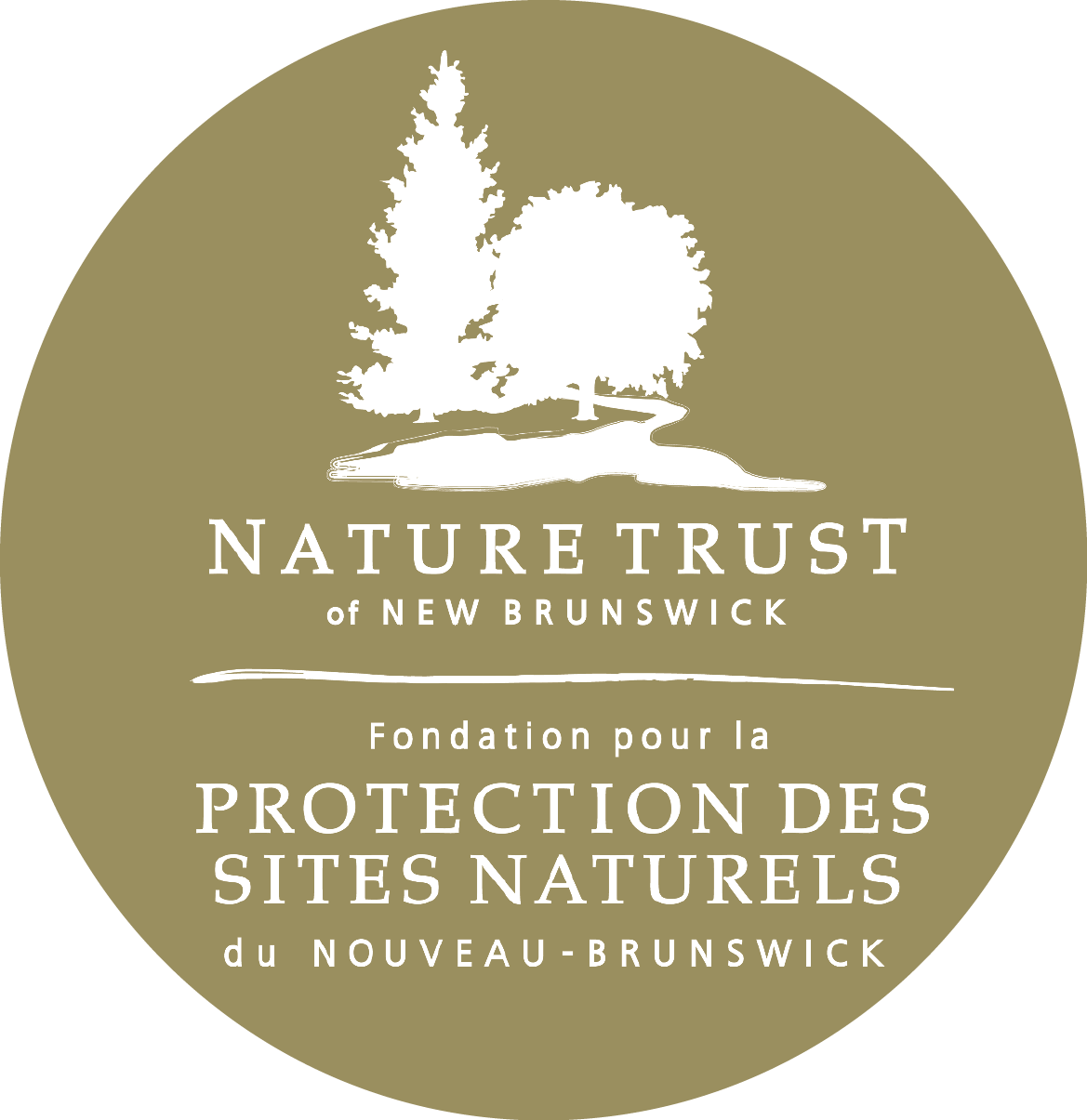Biodiversity Strategy needs a better definition of biodiversity, expert says
Biodiversity Strategy needs a better definition of biodiversity: expert
Written by Giuliana Grillo de Lambarri, communications intern
With their blue-grey backs and cinnamon throats, the barn swallow weaves its nests into unoccupied nooks or forgotten corners at barns, which is how it got its name. Once a common sight in rural New Brunswick, this and other aerial insectivores that often coexist with us are threatened (classified as Species at Risk) due to a lack of food.
Just in the last 50 years, wildlife populations globally have plummeted by 70 per cent. In North America, species declined by 20 per cent between 1970 and 2018.
This is a biodiversity crisis, which is why in December 2022, Canada became the epicenter of promises to halt and reverse nature loss worldwide at the 15th Conference of the Parties (COP15). Now, Environment and Climate Change Canada has released an interim Milestone Document to outline the country’s 2030 Biodiversity Strategy.
Barn swallow (Hirundo rustica)
The fate of many species, including the humble barn swallow, depends on this Milestone Document and its subsequent revision, which will frame all of Canada’s future actions to protect nature and deliver on the biodiversity commitments made at COP15 in Montreal In other words, the strategy is the map that will guide our biodiversity protection efforts to 2030, so if it is incomplete, it won't take us where we need to be.
Graham Forbes, professor of Biodiversity and Wildlife at the University of New Brunswick, explained that an effective biodiversity strategy should have a specific definition of biodiversity that accounts not only for the number of species or populations but also for the processes that allow them to exist.
The current Milestone Document put forward by the federal government defines the term simply as "the variety of all living things on Earth."
"A definition of biodiversity should be more than just some silly statement that it's the diversity of life," said Dr. Forbes. "If we don't link the processes, that is a list, and we have no idea if that list is good enough."
He used swallows as an example of how processes are a crucial part of biodiversity. One reason why swallows are at risk is because of the reduced number of insects to feed their young. Simultaneously, among the reasons why there are fewer insects are climate change and pesticides, two human-made factors that alter Earth's cycles. All processes are interconnected. The protection of one species depends on the protection of all.
"The maintenance of ecological services should be front and center for all government activities," said Dr. Forbes. "It should be an overriding expectation and everything else is underneath."
Cobblestone tiger beetle (Cicindela marginipennis)
Dr. Forbes is also concerned with the tremendous loss of habitat that many species are facing, highlighting the role organizations like the Nature Trust play in an ideal biodiversity strategy. He said small properties such as the ones the organization manages are more vulnerable to change than larger pieces of land, so the strategy should look for ways to create "corridors" to connect patches of protected land.
Our conservation team at Nature Trust New Brunswick looks for opportunities to create said corridors when negotiating land, aiming to connect properties to make them more resistant to changes.
As it stands, the Milestone Document mentions the importance of stewarding private land to enhance ecosystem composition, increase biodiversity, and create resistance to climate change. It reads that, by 2030, at least 30 per cent of land and water areas should be effectively conserved and managed through protected areas and other area-based conservation measures that are proven effective.
"I can see the Nature Trust properties being a form of corridor in the future to mitigate climate change impacts, acting as stepping stones," said Dr. Forbes.
Stephanie Merrill, Chief Executive Officer of the Nature Trust, said the trust’s role will remain on the side of land conversation to ensure biodiversity is protected.
"The Nature Trust protects more than 12,000 acres of ecologically significant land in New Brunswick. These are irreplaceable spaces where people can get up close and personal with nature—where kids can search for frogs in a local wetland, discover marine life that’s washed in with the Fundy tide, or smell the sweetness of the forest after a spring rain,” Merrill says.
“With the help of our supporters and volunteers, we’ll continue expanding our network of preserves in service of nature.”
Moreover, the government of New Brunswick is also updating its biodiversity strategy by 2025, so keep your eyes open for any news on the province's progress and direction.
Barn swallows, tiger beetles, bobolinks, butternut trees and many other local species look at us with expectation. If the map we are designing is good, we will arrive at a future where they still coexist with us. But if this biodiversity strategy is insufficient, we might glance at a future where they no longer exist.
As a supporter of the Nature Trust, you might remember that the federal government gave people like you the chance to partake in a consultation. If you want to stay involved in the protection of biodiversity, you can help us by subscribing to our newsletter, donating money, raising awareness about our stewardship work and even having fun outdoors!
Moreover, you can send your suggestions directly to Environment and Climate Change Canada to shape the country’s 2030 National Biodiversity Strategy. To do that, email nature2030@ec.gc.ca before Feb. 9, 2024. Make sure to read the Milestone Document as well to get a sense of what improvements are needed to make sure this map gets us to our destination — the conservation of biodiversity.



